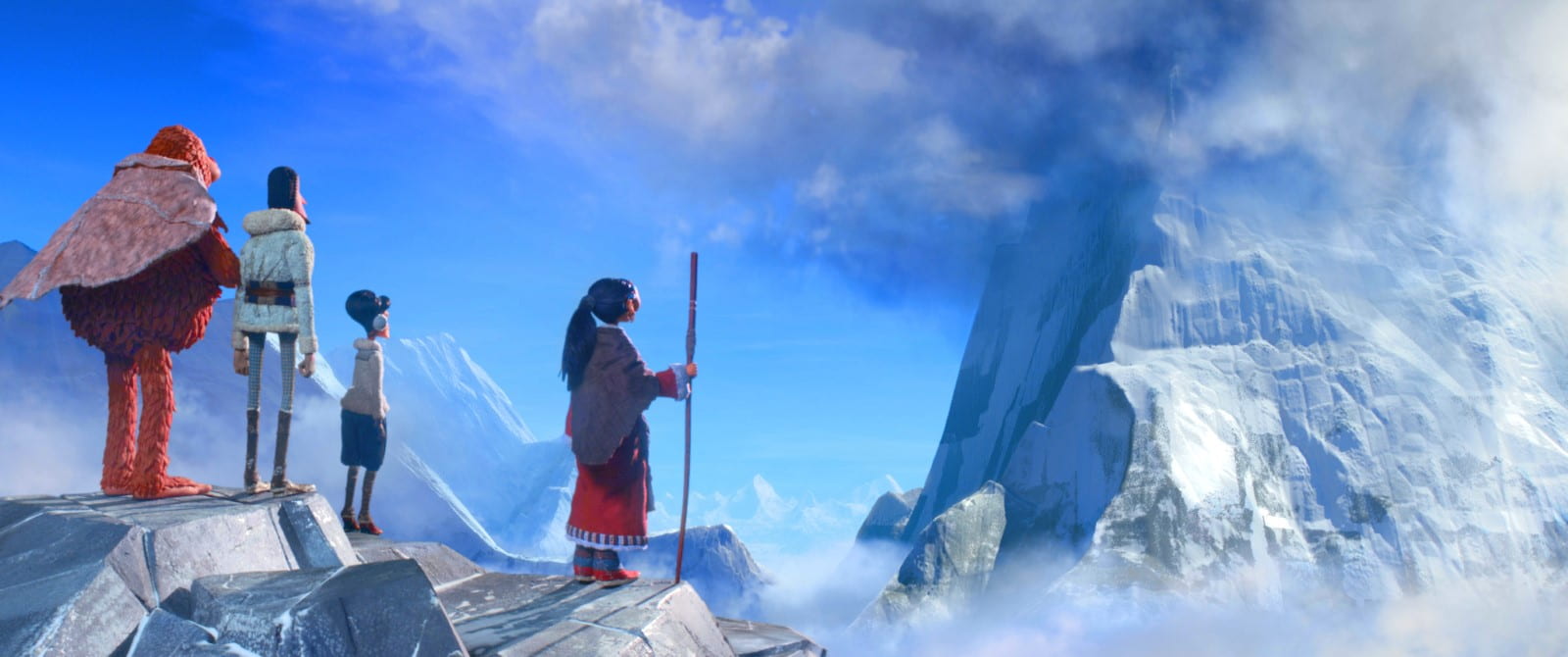Ten years ago, Laika burst onto the scene with that lush Nike money and a fresh new stop motion animated film called Coraline. The dark and nightmarish feature that evoked the same atmosphere as Henry Selick’s prior film The Nightmare Before Christmas made a name for the studio and gave it a seat at the table with the likes of Dreamworks and Pixar. Between Paranorman, The Boxtrolls, and Kubo, the studio has a penchant for creative filmmaking and embodies the sense of originality like that of early Pixar. Their latest, Missing Link, continues that streak, and while it doesn’t reach the highs of their debut film, the studio has crafted another tale with top-notch animation and a substantial, albeit surface level, contemporary message.
Our globe trotting adventure kicks off in England where cryptid-seeker Sir Lionel Frost (Hugh Jackman) makes repeated attempts to join a society of hunters and explorers to no avail. To prove his worth, he makes a bet that he can find the ever elusive Big Foot, aka Susan Link (Zach Galifianakis). His head strong determination leads him to our very own Washington, but upon discovery, Susan convinces him to team up and journey to Shambhala in the hopes that he may find the last of his kind.
The film is set in the mid 19th century and given the aforementioned English origin, you might expect some unsavory themes to popup. An egotistical explorer trying to make a name for himself could very well veer into dubious colonialist territory, but Laika aptly takes this concern and makes it one of its main addresses. The film’s antagonist Lord Piggot-Dunceby (Stephen Fry) not only has a name that’s a play on the word ‘bigot,’ but he also really is one, playing up ideas of manifest destiny and patriarchal norms in a devious and detestable manor. This of-time behavior is positioned in contrast to Lionel’s development as a character and firmly placed in the “this is bad” side of the ring.
Much of Lionel’s and Susan’s arc is about coming to understand that your identity isn’t tied to the achievements of others. Both want acceptance, but raise issue when they are rejected by the very thing they want to be, causing them to forge their own, new identity. A commendable theme for a ‘children’s film,’ but you get a little more mileage with the aforementioned historical and social subtext added in. Granted this is all very heavy handed at times, so whether you want to call it subtext is up to you. Nuance is not Missing Link’s strong suit, but for what it’s worth, its thematically functional.

And you can’t talk about a Laika film without mentioning their unworldly stop motion animation. With each subsequent film, the studio has made strides evolving their animation process by adding more detail to their models, creating larger set pieces, and expanding their overall undertaking. Comparing Coraline to Missing Link is almost a night and day difference that leaves you stunned by the work behind every frame. Blending CG imagery with stop motion puppets is as seamless as ever, and the hybrid animation makes for the right amount of “Is that CG or stop motion?” postulation.
The film’s globe trotting nature makes for varied environments that sing with life and set pieces that are as imaginative as the animation medium permits. My fellow Washingtonians will appreciate Laika’s rendition of the Pacific Northwest while the film’s climatic ending is equal parts exhilarating as it is gorgeous. Just absolutely stunning work all around that further solidifies Laika as one of the premiere talents in the industry.
Over ten years into making their own films, Laika is releasing their fifth feature film and showing no signs in a lack on imagination. Despite a narrative that is very on the nose with its thematic aims, the world wide adventure and god-tier animation is enough to give the film an edge. Maybe not their sharpest edge, but one that is solid addition to their arsenal of original films.
3.5/5 STARS

